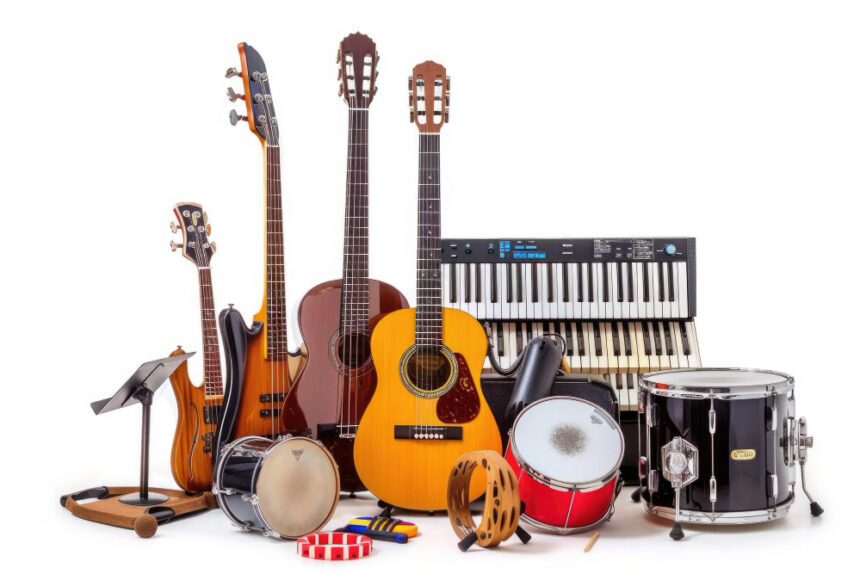Music has the power to stimulate our emotions, reduce stress, and bring people together. When starting on a musical journey, it’s important to choose an instrument that is easy to learn yet versatile enough to allow growth. Here are some of the best musical instruments for beginners.
Guitar
The guitar is one of the most popular instruments for beginners. Acoustic and electric guitars have six strings and are played by strumming while pressing down on different frets to produce chords and melody. The guitar is accessible because there are only four fingers needed to make basic chords. As skills progress, guitarists can explore advanced techniques like fingerpicking patterns and soloing. Guitars are portable and very social instruments, ideal for playing with others. From indie rock to flamenco, guitar fits into many musical genres making it an extremely versatile choice—and even better, you can find electric guitar teachers online.
Piano
For those attracted to the sounds of orchestras and pop ballads, the piano is an excellent first instrument. Pianos have 88 keys laid out in a uniform pattern of black and white, making them visual and accessible. Music is created by pressing keys with individual fingers to play melodies and chords. Fundamentals like scales, sight reading notation, and finger positioning transfer well to other instruments. From classical to jazz and modern styles, the piano can produce a vast range of sounds. Digital keyboards are affordable options for beginners before taking the next step to an acoustic grand or upright piano.
Drums
For students interested in keeping tempo and grooving rhythms, drums can be a great starting point. A basic drum kit consists of a snare drum, bass drum, cymbals, and other percussion. Drummers use their hands and feet to strike different parts of the kit to shape rhythms and beats. Because coordination is important, practicing drums improves listening and motor skills. Since drums lay down the pulse in bands, learning drums opens opportunities to collaborate with other musicians. From rock and funk to Latin and jazz, the drums provide the rhythmic foundation for almost all popular music.
Ukulele
For a student seeking an instrument that’s fun and easy to learn, the ukulele is a perfect choice. Ukuleles have only four strings and are much smaller in size than a guitar, making them highly accessible. Basic chords involve just one or two fingers and can be learned quickly. Strumming patterns and rhythms are straightforward to pick up. Ukuleles have a bright, cheerful sound perfect for playing melodies and accompaniment. Students can also sing along while playing. As a highly portable instrument, the ukulele facilitates social, communal music making. It’s an easy instrument to take anywhere from beach days to campfire sing-alongs.
Violin
For beginners enchanted by the sound of the orchestra, a violin is a good introductory instrument. Violins have four strings and a bow is drawn across the strings to produce sounds. Fundamentals like posture, bow technique, and pitch work are foundational skills that translate to other stringed instruments. Violins are extremely versatile spanning classical compositions, folk music, country, and rock genres. Group lessons are a great starting point for basics before transitioning to private instruction. Violins come in fractional sizes to accommodate children learning. For adults, starting on violin requires diligence and good instruction but can become a lifelong passion.
Learning an instrument should be joyful above all. Consider your musical tastes, learning style, and intentions before selecting an instrument.


